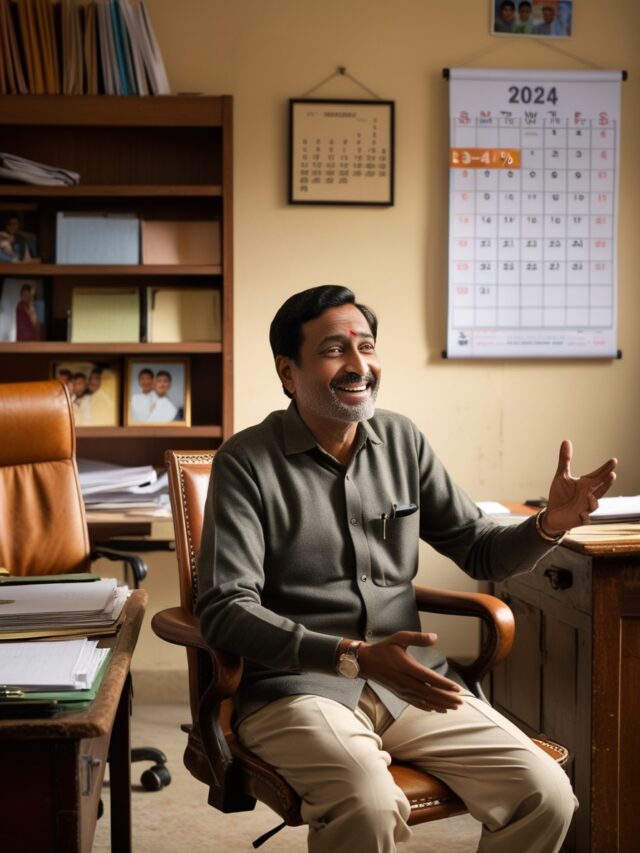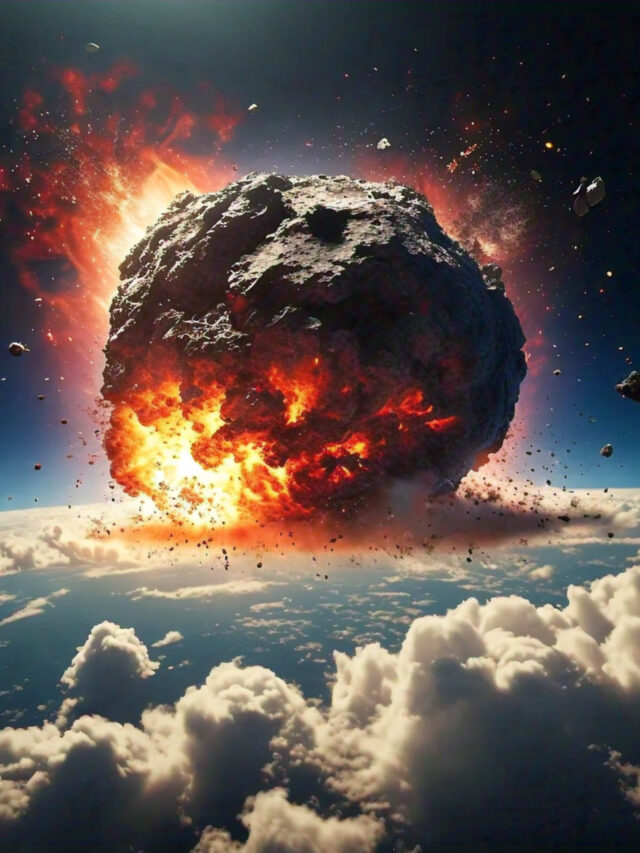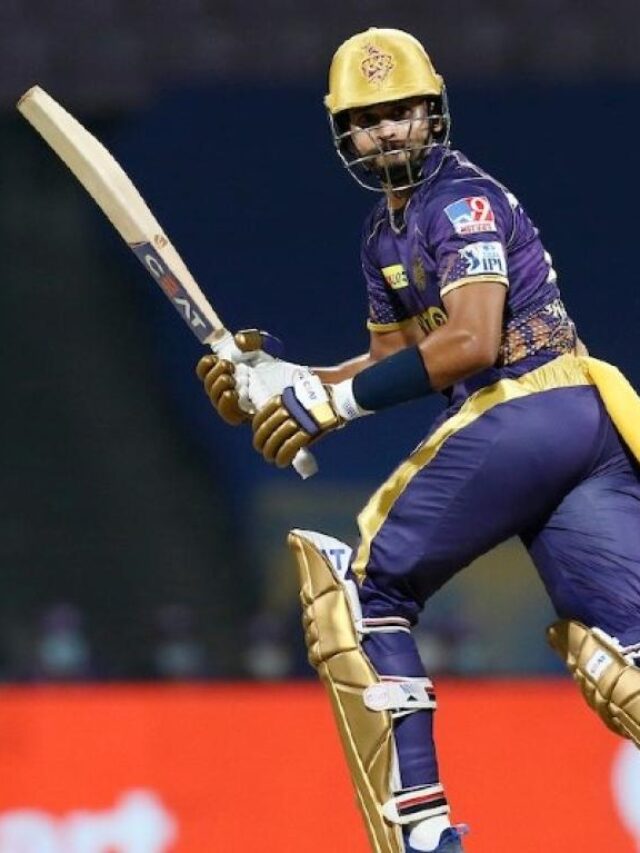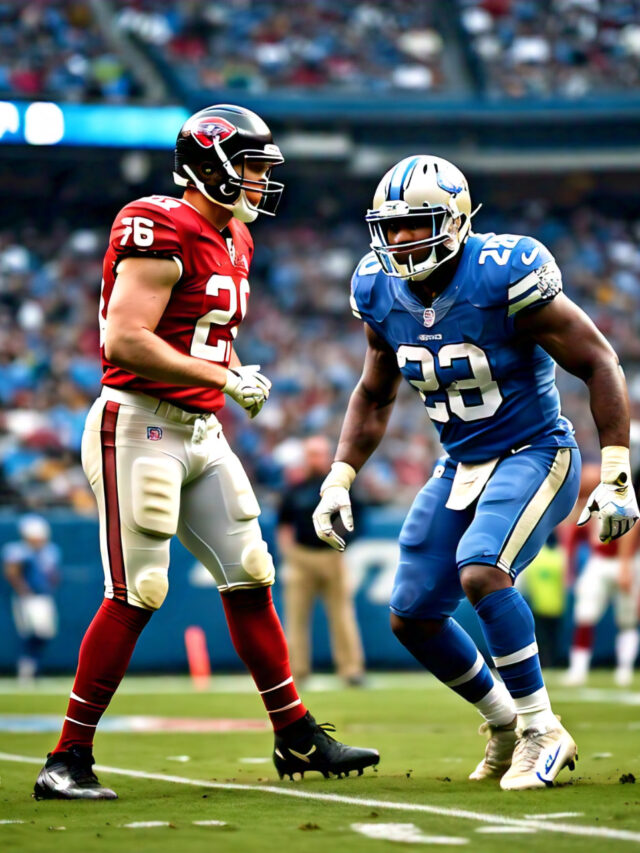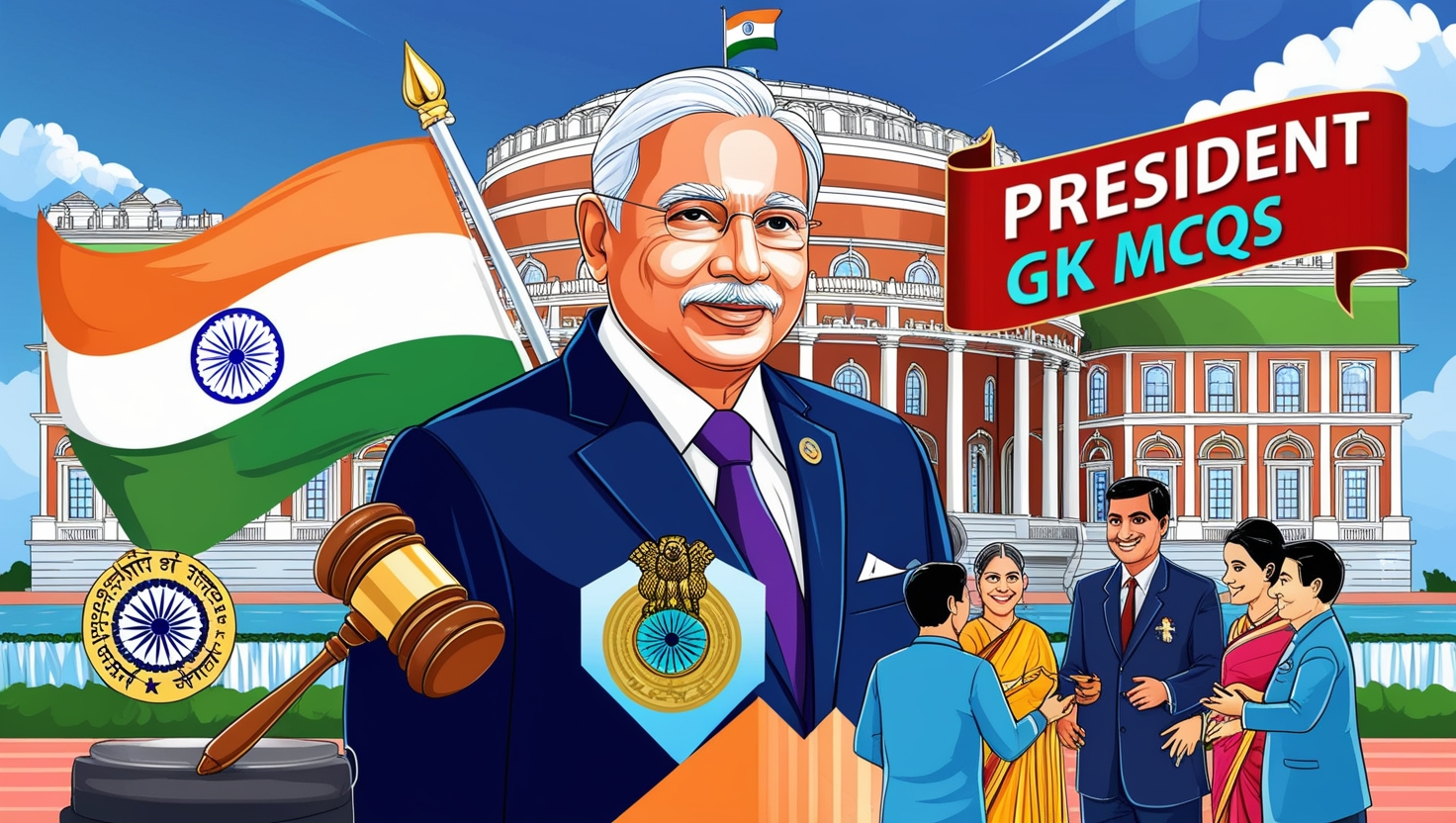
1. The constitutional position of President of India is most closely similar to ____:
- British Monarch
- US President
- Russian President
- British Prime Minister
Show Answer
Answer: British Monarch
The constitutional position of the Indian President is most closely similar to the British Monarch.
2. What is the minimum age for a candidate to be elected as President of India?
- 20 years
- 25 years
- 30 years
- 35 years
Show Answer
Answer: 35 years
The minimum age for a candidate to be elected as President of India is 35 years.
3. What is the minimum and maximum age for a candidate to contest elections for the President of India’s office?
- 25 years, 65 years
- 35 years, 65 years
- 35 years, no limit
- 25 years, no limit
Show Answer
Answer: 35 years, no limit
Article 58 of the Constitution lays down the qualifications of a president in India. These qualifications are: 1. He should be a citizen of India. 2. He must have completed the age of 35 years. 3. He must be qualified to become a Lok Sabha member. 4. He should not hold any office of profit under the Union or state government.
4. From which country, the method of Impeachment of the President of India is adopted from?
- USA
- UK
- USSR
- France
Show Answer
Answer: USA
The Constitution has adopted the method of impeachment of the President of India from the Constitution of the USA.
5. Which among the following articles speaks about the impeachment of the President of India?
- Article 60
- Article 61
- Article 62
- Article 63
Show Answer
Answer: Article 61
As per Article 61, the President of India can be impeached on the ground of violation of the Constitution. The process of impeachment can begin in either the Lok Sabha or the Rajya Sabha. The charges for impeachment should be signed by 1/4 members of the house in which the process begins, and a notice of 14 days should be given to the President. The impeachment bill has to be passed by a majority of not less than two-thirds of the total membership of the House (special majority).
6. What is the maximum life of an ordinance promulgated by the President of India?
- 6 months
- 7.5 months
- 8 months
- 10 months
Show Answer
Answer: 7.5 months
Article 123 of the Indian Constitution empowers the President to promulgate ordinances. The maximum life of an ordinance can be 7.5 months, which is roughly 6 months and 6 weeks.
7. Initially, for how long president rule can be imposed in a state?
- 6 months
- 9 months
- 12 months
- 15 months
Show Answer
Answer: 6 months
If the President is satisfied on receipt of a report from the governor or otherwise that a situation has arisen in which the Government in a state cannot be carried in accordance with the provisions of the Constitution, he/she is empowered to proclaim an emergency. The proclamation would have to be approved by the Houses of the parliament in the same manner as in the case of a War Emergency. However, even if Parliament has approved the proclamation, it will normally cease to operate 6 months after the Parliamentary approval. The proclamation can be repeated if necessary, so as to allow the period of emergency to continue for a maximum of one year.
8. Who among the following is the Supreme Commander of Indian armed forces?
- President of India
- Vice President of India
- Prime Minister of India
- Defense Minister of India
Show Answer
Answer: President of India
India’s President is the head of the Indian state, the first citizen of India, and the supreme commander of the Indian armed forces.
9. For how many times can a person become President of India?
- Once
- Twice
- Thrice
- No limit
Show Answer
Answer: No limit
As per Article 57, a person who holds, or who has held, office as President shall, subject to the other provisions of this Constitution, be eligible for reelection to that office. There is no specific limit on the number of times a person can be elected as President of India.
10. Who can dismiss the Governor from office?
- State Legislative Assembly
- Parliament
- President
- Council of Ministers
Show Answer
Answer: President
Although the governor holds office for a term of five years from the date on which he enters upon his Office, yet this term is subject to the pleasure of the president. The “doctrine of pleasure” has always been used to drop governors at any time, and thus, Governors have no security of tenure. Further, a governor can resign from the office by addressing resignation to the President.
Q11: Which of the following are the merits of the parliamentary form of government?
1. Harmony Between Legislature and Executive
2. Responsible Government
3. Wide Representation
4. No Continuity of Policies
Choose the correct options:
1. Only 1
2. Only 1 & 2
3. 1, 2 & 3
4. Only 2 & 3
Show Answer
Answer: 3
Explanation: The parliamentary system offers several advantages, including harmony between the legislature and executive, a responsible government that is accountable to the legislature, and wide representation of various sections, interests, and regions in the government.
Q12: Which of the following are the reasons for the adoption of the parliamentary form of government?
1) Constitution-makers were familiar with the parliamentary system.
2) Preference to responsibility.
3) Avoid the conflicts between the legislature and the executive.
4) Greater scope for giving representation to various sections, interests, and regions in the government.
Choose the right options
1. Only 1 and 2
2. Only 1, 2, and 3
3. Only 2, 3, and 4
4. Only 1, 3 and 4
Show Answer
Answer: 2
Explanation: The Constitution makers gave the following reasons for the adoption of the parliamentary form of government in India: (1) Constitution-makers were familiar with the parliamentary system, (2) they gave more preference to responsibility, (3) to avoid conflicts between the legislature and the executive, and (4) there was greater scope for giving representation to various sections, interests, and regions in the government.
Q13: Which committee inquired into whether the parliamentary system should be continued or should be replaced by the presidential system?
1. Swaran Singh Committee
2. Sarkaria Commission
3. Punchi Commission
4. Rajamannar Commission
Show Answer
Answer: 1
Explanation: The Swaran Singh Committee, established by the Congress government in 1975, conducted an inquiry into whether the parliamentary system should be continued or replaced with a presidential system. The committee concluded that the parliamentary system had been functioning effectively, and there was no need to replace it with the presidential system, affirming the stability and success of the existing system.
Q14: In which country does the institution of ‘Shadow Cabinet’ exist?
1. USA
2. Russia
3. Britain
4. India
Show Answer
Answer: 3
Explanation: The ‘Shadow Cabinet’ is a unique institution within the British cabinet system. It is formed by the opposition party and serves the purpose of balancing the ruling cabinet. This shadow cabinet prepares its members for future ministerial office by mirroring the structure and functions of the actual cabinet. The concept allows the opposition to scrutinize and critique the government’s policies effectively and provides experience and training for potential future leaders. In contrast, India does not have an equivalent ‘Shadow Cabinet’ system due to its different parliamentary and political structure.
Q15: Which of the following statements are correct with respect to the Indian and British parliamentary systems of government?
1. India has a republican system in place of the British monarchical system.
2. Britain does not have a system of legal responsibility of the minister, while India has such a system.
3. A person who is not a member of Parliament cannot be appointed as a minister in India, while in Britain, it can happen.
4. In India, the Prime Minister must be a member of the Lower House of Parliament, while in Britain, he can be a member of any of the houses.
Show Answer
Answer: 1
Explanation: Statement A correctly highlights that India operates under a republican system, while Britain follows a monarchical system, where the monarch is the head of state and the Prime Minister is the head of government. In India, the President is the ceremonial head of state, while the Prime Minister is the real executive.
Q16: Which of the following are the features of the parliamentary form of government?
1. Dual executive
2. Political homogeneity,
3. Dissolution of Lower House.
1. Only 1 & 2
2. Only 3
3. Only 2
4. All of the above
Show Answer
Answer: 4
Explanation: The parliamentary form of government in India has several key features. These include a dual executive system, where the President is the nominal executive and the Prime Minister is the real executive. Political homogeneity signifies that the executive is formed from the majority party or coalition in the legislature. Additionally, the dissolution of the Lower House (Lok Sabha) allows for the re-election of members, which can be a means to resolve political deadlocks.
Q17: Who pointed out, ‘the cabinet is a hyphen that joins the buckle that binds the executive and legislative departments together’?
1. Bagehot
2. Jennings
3. Herbert Marrison
4. H.R.G. Greaves
Show Answer
Answer: 1
Explanation: Walter Bagehot, a British journalist and constitutional expert, emphasized the vital role of the cabinet in connecting the executive and legislative branches of government. He referred to the cabinet as a hyphen that joins the buckle that binds the executive and legislative departments together.
Q18: Which of the following described the British system of government as ‘prime ministerial government’?
1. K.M. Munshi
2. Jennings
3. Mackintosh
4. None of the above
Show Answer
Answer: 3
Explanation: The term prime ministerial government is used by political analysts like Crossman and Mackintosh to describe the British system of government. This description also applies in the Indian context, as it highlights the increasing power, influence, and position of the Prime Minister in relation to the cabinet.
Q19: Which of the following are the demerits of the presidential form of government?
1. Conflict between legislature and executive
2. Non-responsible government
3. May lead to autocracy
4. Narrow representation.
Choose the right option
1. Only 1
2. Only 1 & 2
3. Only 1, 2 & 3
4. 1, 2, 3 & 4
Show Answer
Answer: 4
Explanation: The presidential form of government is associated with several drawbacks, including potential conflicts between the legislature and executive, a non-responsible government where the executive is not accountable to the legislature, the possibility of drifting towards autocracy due to the fixed nature of the executive, and a narrower representation of diverse interests compared to the parliamentary system.
Q20: Which of the following countries have a unitary model of government?
1. US
2. Switzerland
3. France
4. Russia
Show Answer
Answer: 3
Explanation: In a unitary model of government, all powers are concentrated in the national government, and regional governments, if they exist, derive their authority from the national government. France follows such a unitary model.
Q21: Which of the following countries follow a federal model of government?
1. Argentina
2. Britain
3. Japan
4. China
Show Answer
Answer: 1
Explanation: In contrast, a federal model of government, like that in Argentina, divides powers between the national government and regional governments as defined in the Constitution. Both operate independently within their respective jurisdictions, with shared authority in areas assigned by the Constitution.
Q22: Which of the following are the features of the federal form of government?
1. Division of powers between the national and regional government
2. Rigid Constitution,
3. Dual Government.
Choose the right option
1. Only 1 & 2
2. Only 1 & 3
3. Only 1 & 3
4. All of the above
Show Answer
Answer: 4
Explanation: The federal form of government typically exhibits certain features, including the division of powers between the national and regional governments, a rigid Constitution that defines this division, and the presence of dual governments with authority in their respective spheres.
Q23: Which of the following are the features of the unitary form of government?
(1) Single government
(2) Constitution may be written or unwritten
(3) No division of powers
(4) Judiciary may be independent or may not be independent.
Choose the right option
1. Only 1 & 2
2. Only 2 & 4
3. Only 3 & 4
4. 1, 2, 3 & 4
Show Answer
Answer: 4
Explanation: The features of the unitary form of government are: (1) Single government, (2) Constitution may be written or unwritten, (3) No division of powers, and (4) Judiciary may be independent or may not be independent. The other options listed (5, 6, and 7) are not features of the unitary form of government.
Q24: Which of the following is the first and the oldest federation in the world?
1. Canada
2. Japan
3. USA
4. India
Show Answer
Answer: 3
Explanation: The United States is often considered the model for federalism due to its status as the first and oldest federation in the world. It emerged in 1787 following the American Revolution and initially comprised 13 states, now expanded to 50.
Q25: On which country’s model is the Indian federal system based?
1. USA
2. Britain
3. Canada
4. France
Show Answer
Answer: 3
Explanation: India’s federal system is often compared to the Canadian model rather than the American model. The Canadian model differs significantly from the American model as it establishes a strong central authority.
Q26: Which of the following is not in the domain of the Union government?
1. Defence
2. Foreign affairs
3. Communication
4. Health
Show Answer
Answer: 4
Explanation: In India, the Union government deals with matters of national importance, including defense, foreign affairs, currency, and communication, whereas state governments handle regional and local issues such as public order, agriculture, health, and local government.
Q27: Which of the following are the unitary features of the government of India?
(1) Strong Centre
(2) Single Constitution
(4) Flexibility of the Constitution
Choose the right option
1. Only 1
2. Only 1 & 3
3. Only 1, 2 & 3
4. All of the above
Show Answer
Answer: 4
Explanation: The Indian Constitution exhibits unitary or non-federal features, such as a strong central government, the potential dissolution of states, a single Constitution that applies uniformly, flexibility in amending the Constitution, no equality in state representation, provisions for emergencies, single citizenship, an integrated judiciary, all-India services, integrated audit mechanisms, parliamentary authority over state lists, the appointment of Governors, centralized election machinery, and a veto over state bills, all contributing to a strong central authority.
Q28: Who characterises the Indian system as extremely federal?
1. Paul Appleby
2. KC Wheare
3. K Santhanam
4. Morris Jones
Show Answer
Answer: 1
Explanation: Paul Appleby described the Indian system as extremely federal due to its complex and cooperative federalism structure. Morris Jones also termed it bargaining federalism to emphasize the interplay between the central government and the states.
Q29: In which case did the Supreme Court characterize federalism as a ‘basic feature’ of the Constitution of India?
1. Keshvananda Bharti case
2. Bommai case
3. LIC of India case
4. Minerva Mills case
Show Answer
Answer: 2
Explanation: In the S.R. Bommai case of 1994, the Supreme Court of India affirmed that the Indian Constitution is indeed federal and that federalism is a fundamental or basic feature of the Constitution. This recognition reinforces the independent constitutional status of states within India’s federal structure.
Q30: The units of a federation are known by various names in different countries. Which of the following are correctly matched?
1. States – US
2. Cantons – Switzerland.
3. Provinces – Canada
4. Republics – Russia
Choose the correct option from the codes given below:
1. Only 1
2. Only 1 & 3
3. Only 2 & 4
4. All of the above
Show Answer
Answer: 4
Explanation: Regarding the definition of a federation, it is indeed a political system formed through a treaty or agreement between various units. These units can be referred to as states, cantons, provinces, or republics depending on the country. Each unit has its own defined powers and responsibilities, which are often enshrined in a constitution or treaty.


